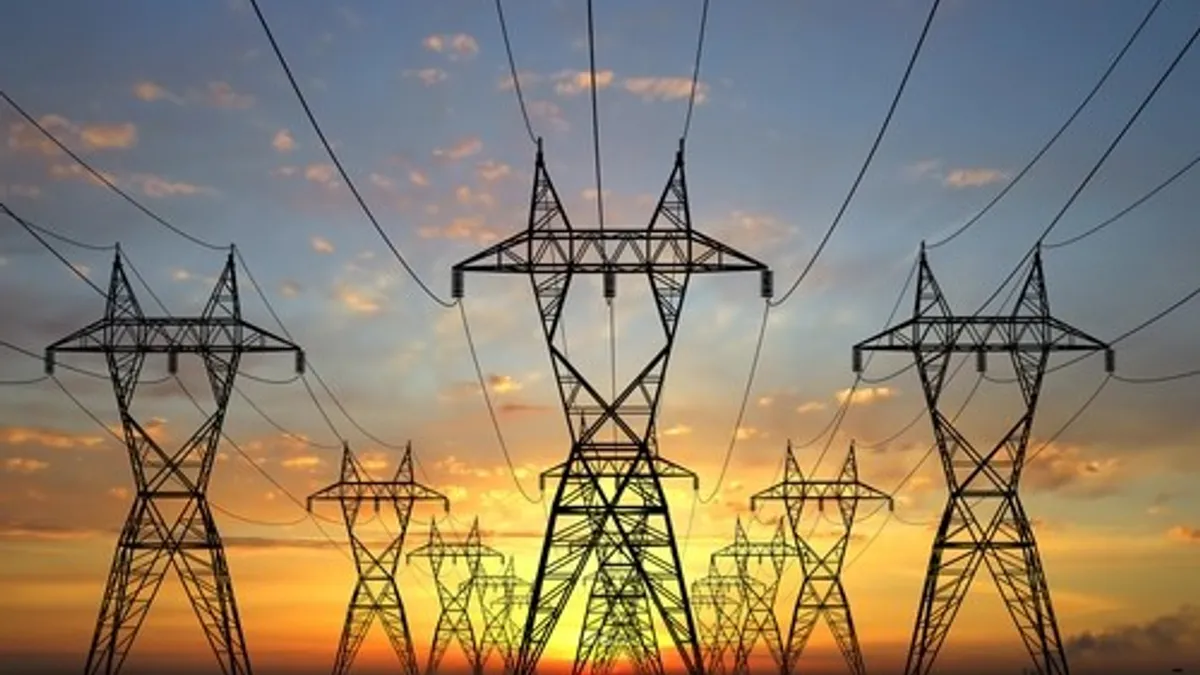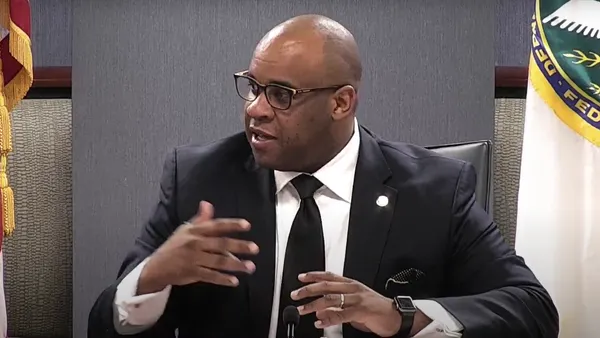The following is a contributed article from Michael Giberson, Associate Professor of Practice in Business Economics at Texas Tech University and Arthur R. Wardle, a CGO Graduate Research Fellow at the Center for Growth and Opportunity at Utah State University.
A recent study released by the American Public Power Association (APPA) concludes that, "between 1997 and 2018, increases in retail electric prices in states with deregulated electric markets and regulated states were about the same, though with a slightly higher percentage increase in regulated states." An APPA staffer summarized the results as simply: deregulation has not achieved its intended results.
In fact, the opposite is true: state regulation is no longer achieving its intended results. In other words, competition is protecting consumers just as well as state regulators.
A closer look at the report reveals it actually tips the balance in favor of deregulated states. APPA included California in the deregulated column, though it recognized others may consider it regulated. In our view, "regulated" is the better description because only a handful of big consumers were allowed to keep competitive suppliers when the state ended competition in 2001. Michigan is also considered deregulated by the APPA, but the state capped customer choice at 10% of load — hardly enough to justify the designation.
In both states, the vast majority of retail electric sales over the study period has been sold by state-regulated monopoly utilities. Both California and Michigan’s prices increased faster than the national average over the study period, meaning APPA’s classification unfairly tips the scales against customer choice.
Texas has been called the "world’s best competitive electricity market" by some reform advocates. In one of the best academic studies of deregulation, researchers at Rice University compared electricity prices in parts of the state under rules allowing competition to areas of the state that remained under monopoly utilities. They found that inflation-adjusted prices in the competitive market fell from 2002 to 2016, and fell more in competitive areas than in the regulated monopoly areas.
Falling prices and rising customer options
Falling prices from deregulation are good for consumers, but deregulated electricity markets have also dramatically increased the number and type of products consumers can choose from — another positive effect for anyone who uses electricity.
Regulated utilities are usually permitted just a handful of rate designs for residential consumers. In the competitive retail markets of Texas, on the other hand, residential consumers can choose from more than 100 different offerings. Examples include 100% renewable generation, free nights and weekends, and pay-as-you-go plans — each providing options that are not available under traditional utilities.
In addition to the variety of plans that are available from electricity providers, new products pop up nearly every day that give consumers better understanding and control of their energy use. Those include rooftop solar, residential battery systems, programmable thermostats, computer-connected light systems, and home automation apps for smartphones.
Consumers can leverage all of these options to better match their individual needs.
Traditional regulation’s approach to innovation is not all bad. Traditional regulatory processes provide opportunities for multiple groups to have their say on proposed changes before they can get implemented. Once a new technology or efficiency program secures enough political support, the state regulator’s power also permits faster implementation by the regulated utility. It can be a slower process, but sometimes roadblocks to change protect the public good.
No renewable advantage
The APPA’s May 28 opinion piece said, "data do not reveal any notable difference in renewable energy generation in deregulated and regulated states," and added, "significant growth has occurred in both state groups." The implication again is that deregulation is not living up to its promises.
Renewable energy development has been mostly promoted through federal policies and state renewable energy standards, so not directly related to allowing customer choice in electric power. But still, the very weakness of their claim makes the case against regulation: competition and markets are already doing just as well as state-protected monopolies.
If traditional regulation doesn’t offer lower prices, as even the APPA admits, it's hard to see what could justify continuing to restrict consumer choice. After all, state regulation of electric utilities has been practiced and improved upon for more than a century. In contrast, customer choice programs provide comparable results with only about 20 years of experience.
Still, as the APPA points out, customer choice already does just as well as traditional rate regulation in keeping rates down. The best-designed customer choice programs — Texas, Pennsylvania and New York — appear to be doing even better.
The evidence from APPA and academic work show that states no longer need to lock consumers into traditional monopoly service to ensure reasonable rates. Instead, consumers should be free to choose their own electricity supplier.





















